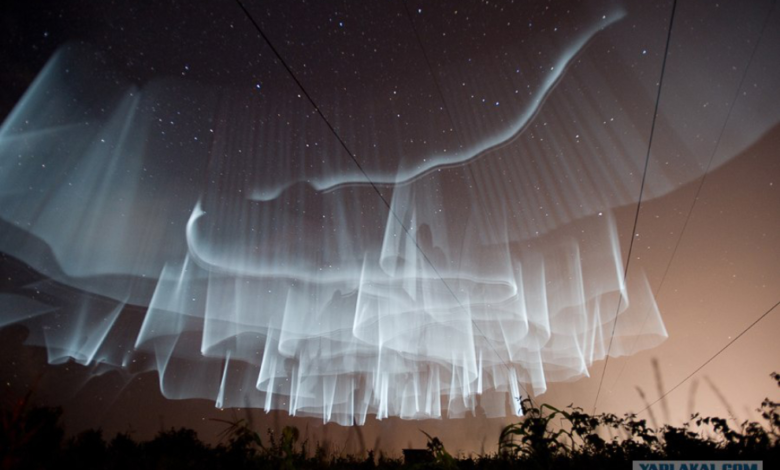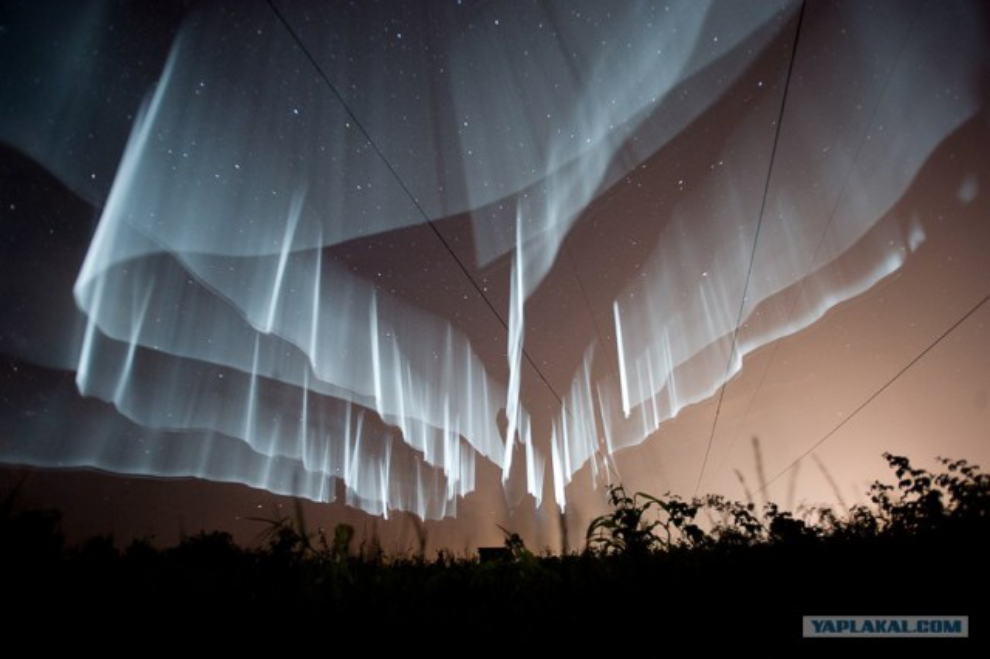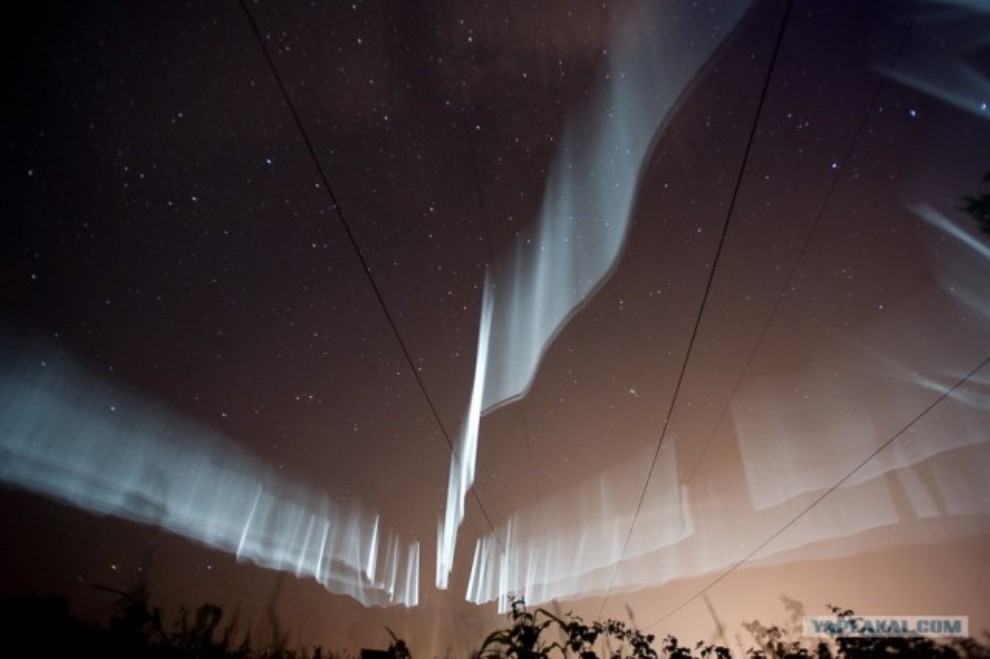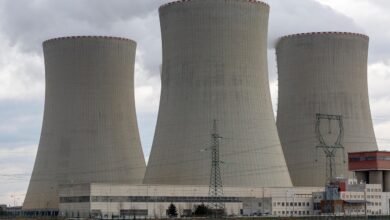
Do you know about the breathtaking phenomenon known as the White Northern Lights? Or have you ever seen this rare and mesmerizing sight in the night sky? While the typical aurora borealis is known for its vibrant colors like green, purple, and red, there is a lesser-known variant that appears in an ethereal white glow. This rare display of Northern Lights is just as captivating, and when it occurs, it leaves onlookers in awe.

What Are the White Northern Lights?
The Northern Lights, or aurora borealis, are created when charged particles from the sun collide with gases in Earth’s atmosphere. These collisions typically produce the stunning greens, reds, and purples that light up the sky. However, under specific conditions, the lights can appear white or pale, creating an otherworldly effect.
The white color occurs when the particles interact at higher altitudes or when the aurora’s intensity is too low for our eyes to detect its full spectrum of colors. This makes the White Northern Lights a rare and unforgettable phenomenon to witness.
When and Where Were the White Northern Lights Last Seen?
One of the most recent sightings of the White Northern Lights occurred on October 3, 2024, in the skies over Tromsø, Norway. Known as one of the best places in the world to witness the aurora borealis, Tromsø provided the perfect setting for this rare display. The white lights appeared just after 11:30 p.m. local time, and they illuminated the sky for about an hour, giving photographers and onlookers a chance to capture the stunning sight.
Reports of White Northern Lights also came from areas in northern Canada and parts of Alaska around the same time, making this event a widely discussed phenomenon in the aurora-chasing community.
Why Are the White Northern Lights So Rare?
Unlike the typical Northern Lights, the white version is much rarer due to the specific conditions required for its appearance. The intensity of the aurora must be relatively low, which can cause the human eye to perceive the lights as white or pale. Another reason for their rarity is the location. Areas further north, like Norway, Iceland, and Canada, tend to experience more frequent and vibrant auroras, making it more likely that the usual green and red lights will dominate the display.
How Can You Increase Your Chances of Seeing the White Northern Lights?
If you’re hoping to catch a glimpse of the White Northern Lights, here are some tips to improve your chances:
- Travel North: Places like Tromsø, Norway, Fairbanks, Alaska, and Yellowknife, Canada are prime spots for viewing the aurora borealis. These regions often experience stronger auroras, which increases your chances of seeing rare variations like white or purple lights.
- Check Solar Activity: Auroras occur due to solar winds. Monitoring solar activity can help you predict the best times to witness the lights. Websites like SpaceWeather.com offer real-time data on solar flares and aurora forecasts.
- Go During Peak Aurora Season: The Northern Lights are most visible from September to March, with the peak occurring during winter months when the nights are longest and darkest.
- Stay Away from Light Pollution: For the best experience, head to locations with minimal artificial lighting. The darker the sky, the better the lights will appear.
- Watch During Low-Intensity Auroras: White auroras often happen when the auroral activity is weaker, so keep an eye out for reports of low-intensity displays. These may provide the perfect opportunity to see this rare phenomenon.

The Magic of White Northern Lights
Seeing the White Northern Lights is a unique experience that stays with people for a lifetime. While the vibrant greens and purples of the typical aurora borealis are undoubtedly beautiful, the white version adds an extra layer of mystery and magic to the event. The soft, pale glow of these lights can transform a clear, cold night into something truly magical.
While sightings of the White Northern Lights are rare, they’re worth the wait and effort. If you’re an aurora enthusiast or simply someone who loves natural wonders, adding this experience to your bucket list is a must. Make sure to keep an eye on aurora forecasts, plan your trips to northern destinations during peak viewing times, and stay patient — the White Northern Lights could be the next unforgettable sight you witness in the night sky.
Have you ever seen the White Northern Lights? Share your experience in the comments below!




